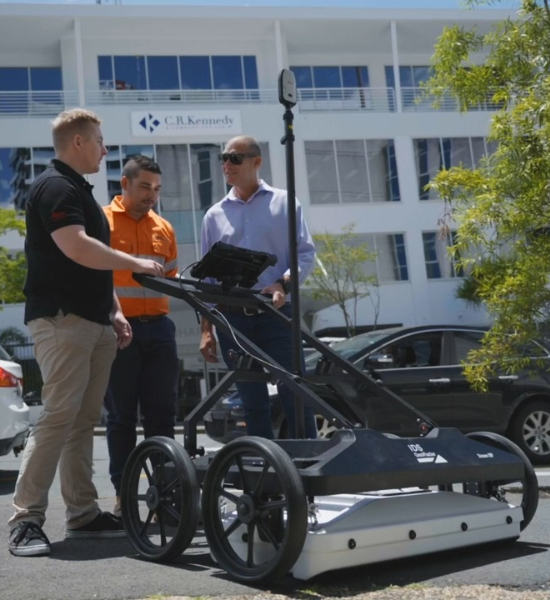Ground Penetrating Radar (GPR) is a powerful geophysical method that is used to obtain subsurface images by injecting radar pulses into the ground and measuring the reflected signals. This non-destructive technology is extensively used for locating subsurface structures, detecting voids, and identifying the presence of buried utilities. The GPR technique employs the differences in permittivity values of the materials present underneath the ground to distinguish between the various subsurface structures.
This method works by emitting high-frequency electromagnetic waves into the ground and detecting the reflected signals. The electromagnetic waves are reflected to the antenna when they encounter materials with a different permittivity from the surrounding area, such as soil, rocks, and different types of sediments. The waves that are absorbed by the materials that have a similar permittivity value to the surrounding area are not reflected. Hence, the GPR technology is ideal for identifying non-conductive and non-metallic materials that are not detectable by other geophysical techniques.
As the waves are sent into the ground, they penetrate to varying depths, dependent on the frequency used and the subsurface properties. Typically, low frequencies are used for deep imaging, while high frequencies are used for shallow imaging. The recorded signals are then processed by the GPR software to produce a comprehensive image of the subsurface structures.
GPR is deployed for a wide range of applications such as environmental assessments, civil engineering, geological mapping, and archaeological investigations. The technology is highly versatile and is a valuable tool for subsurface investigations. At SMS, we utilise several industry standard GPR systems, such as IDS, GSSI, Radiodetection, and our flagship StreamDP paired with IQMaps and StreamUp. This enables us to provide accurate and reliable GPR survey results, essential for decision-making in a wide range of industries.


